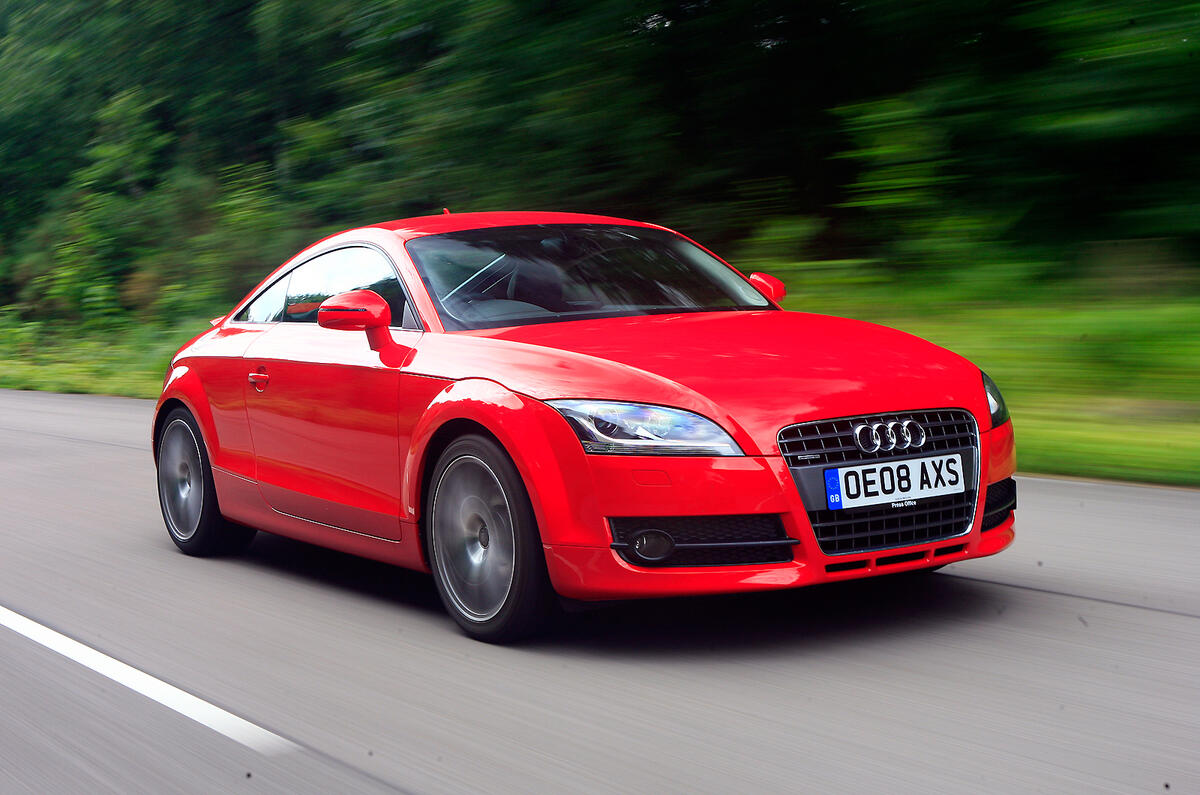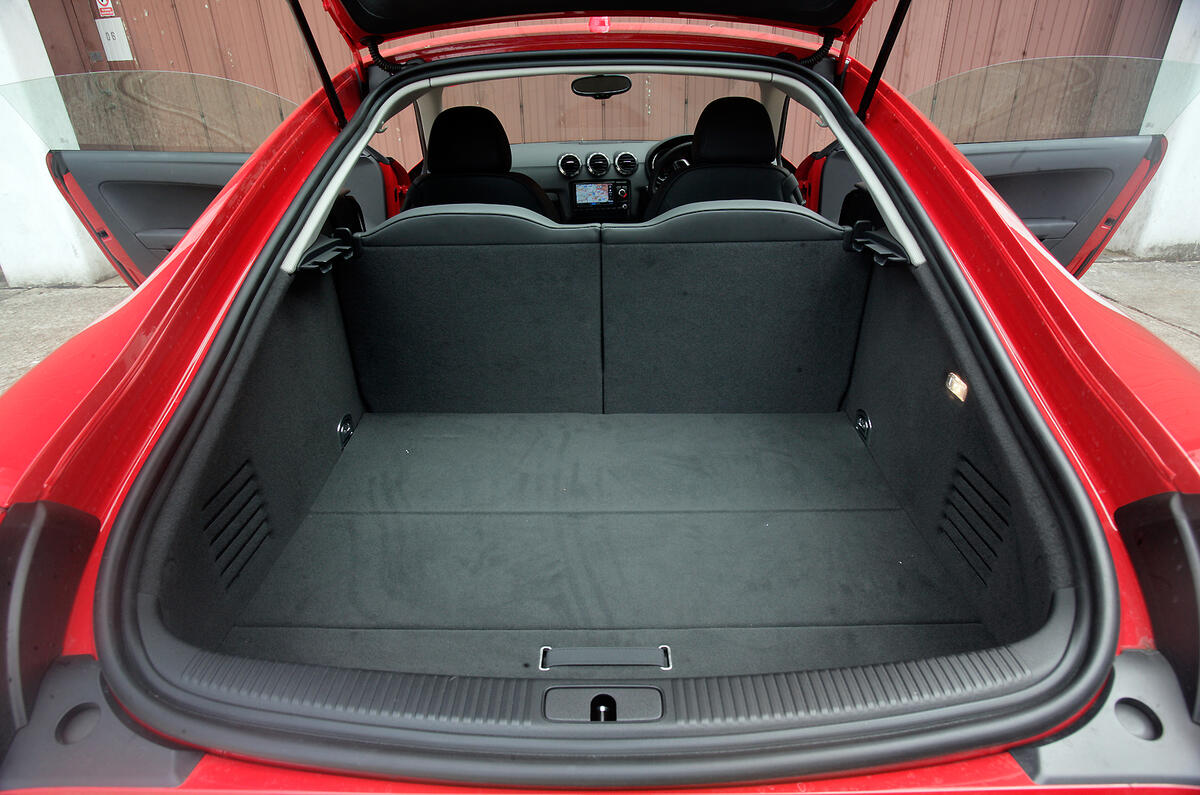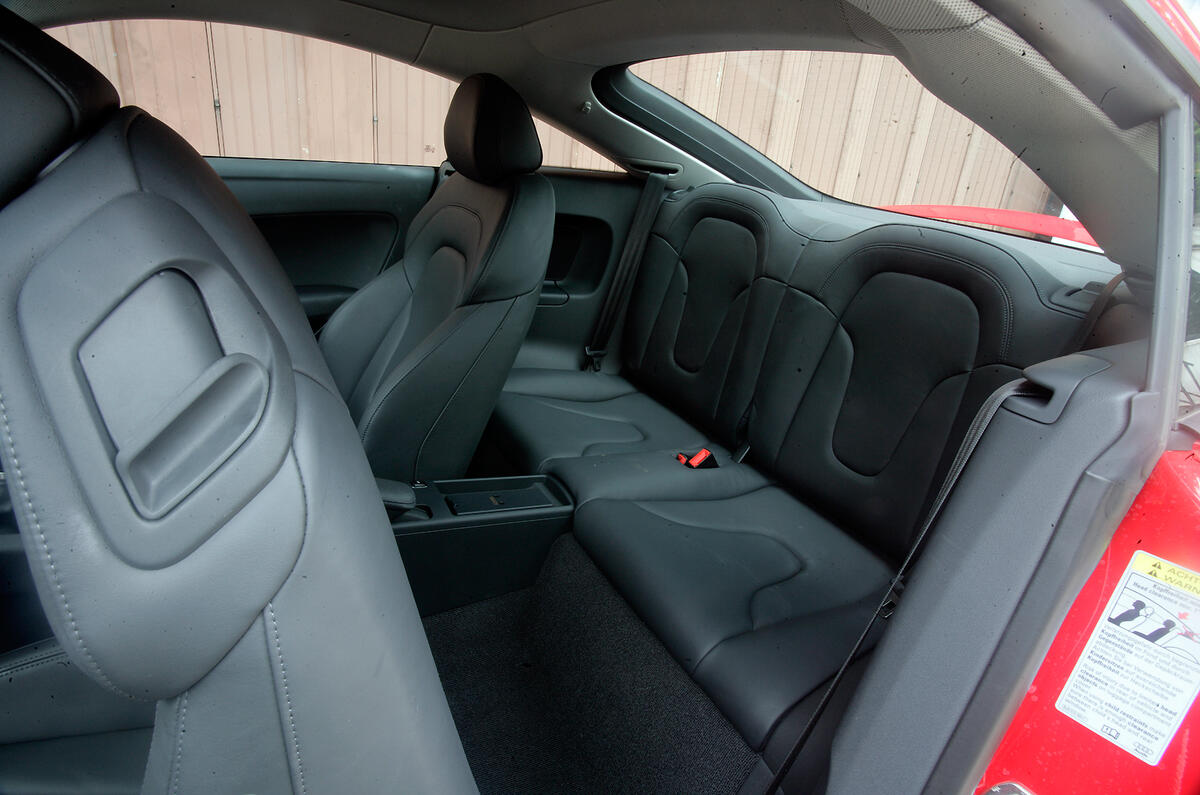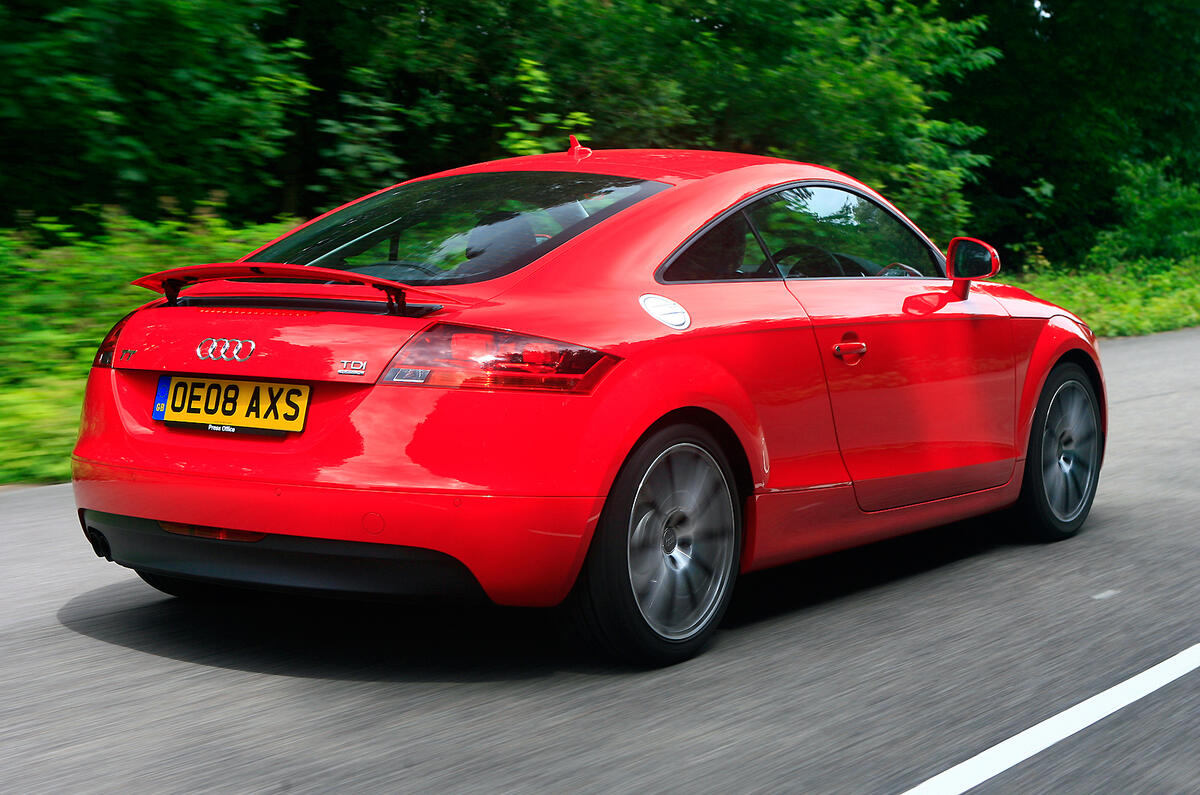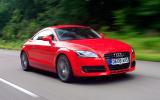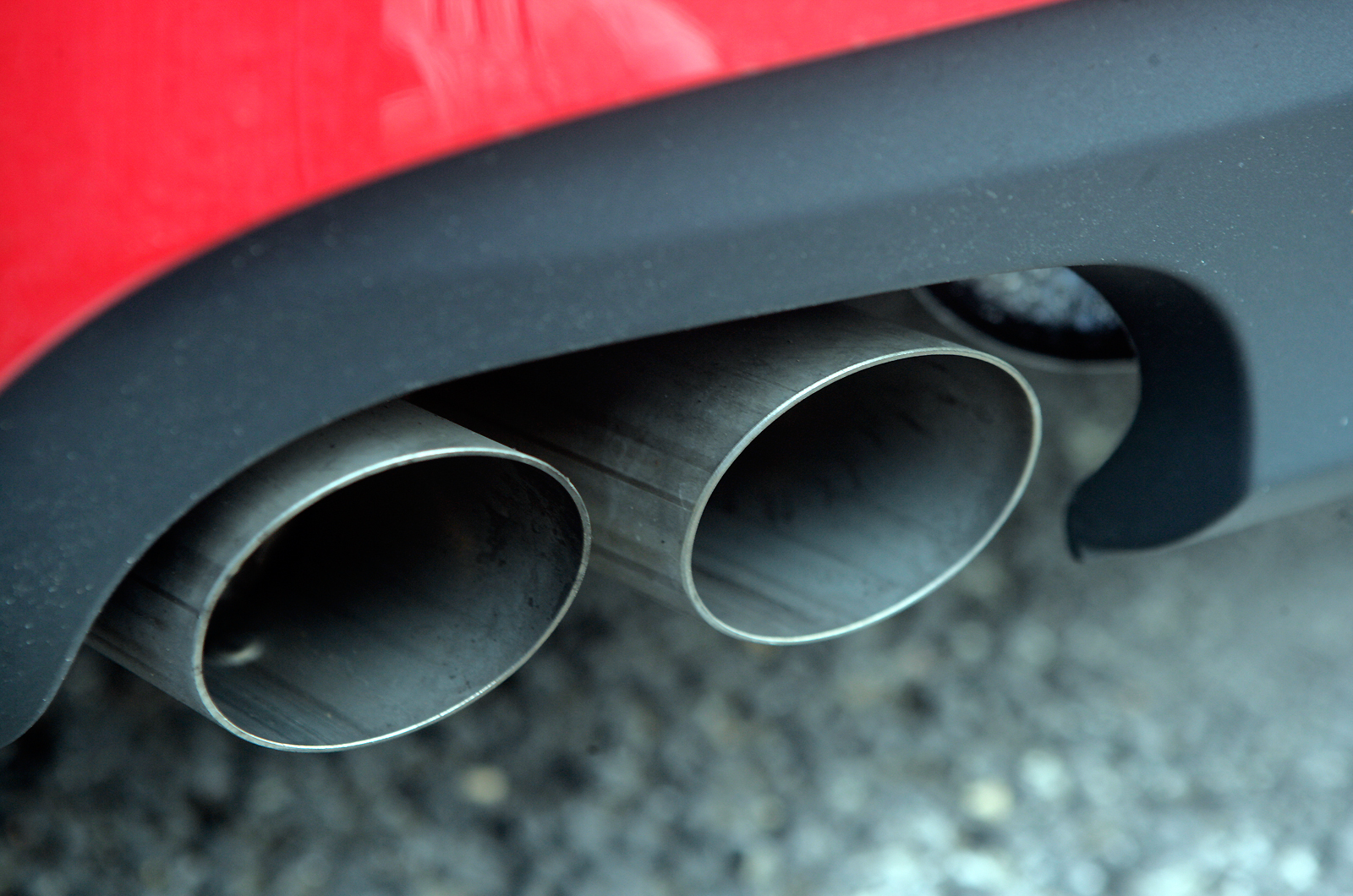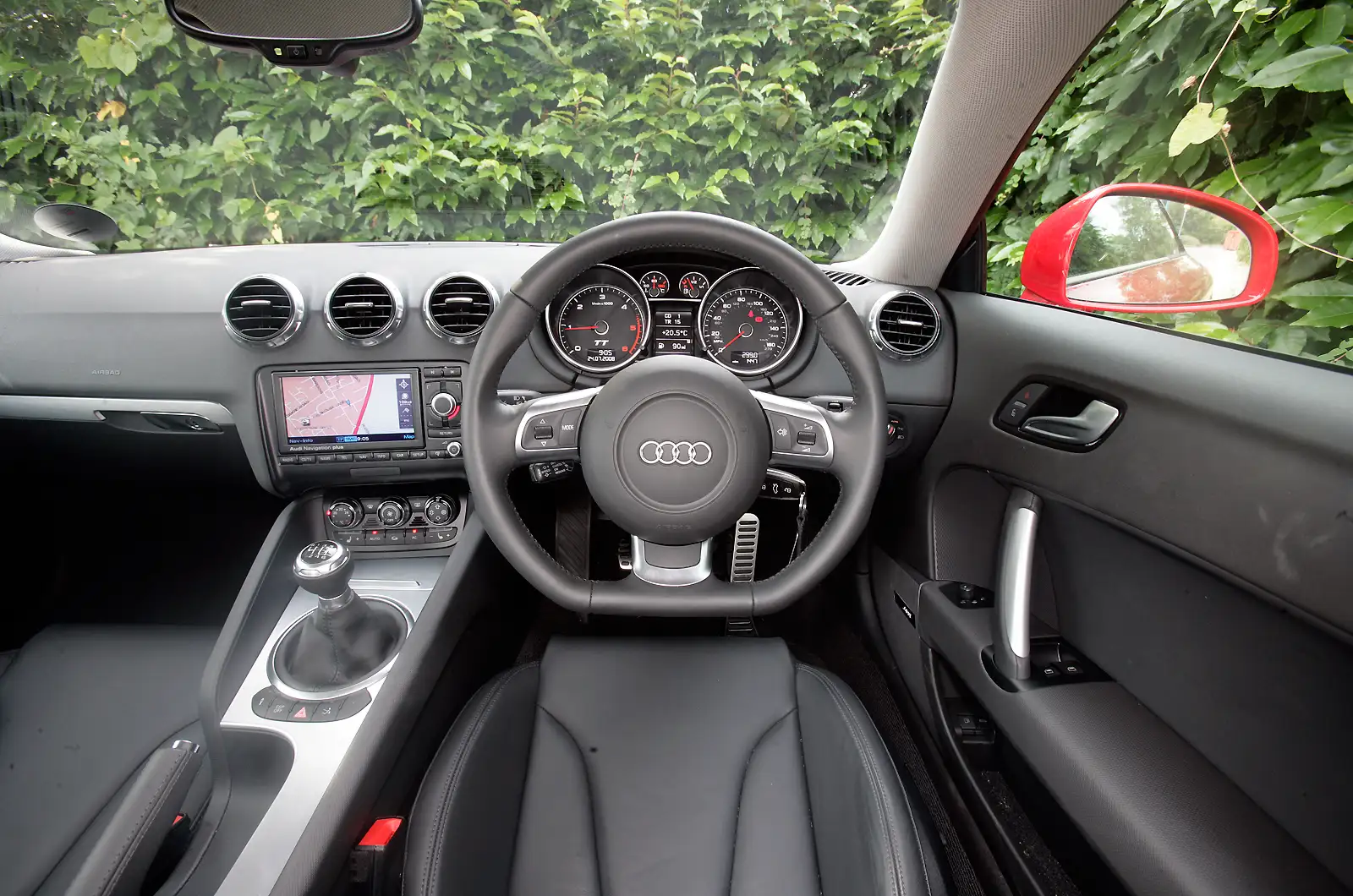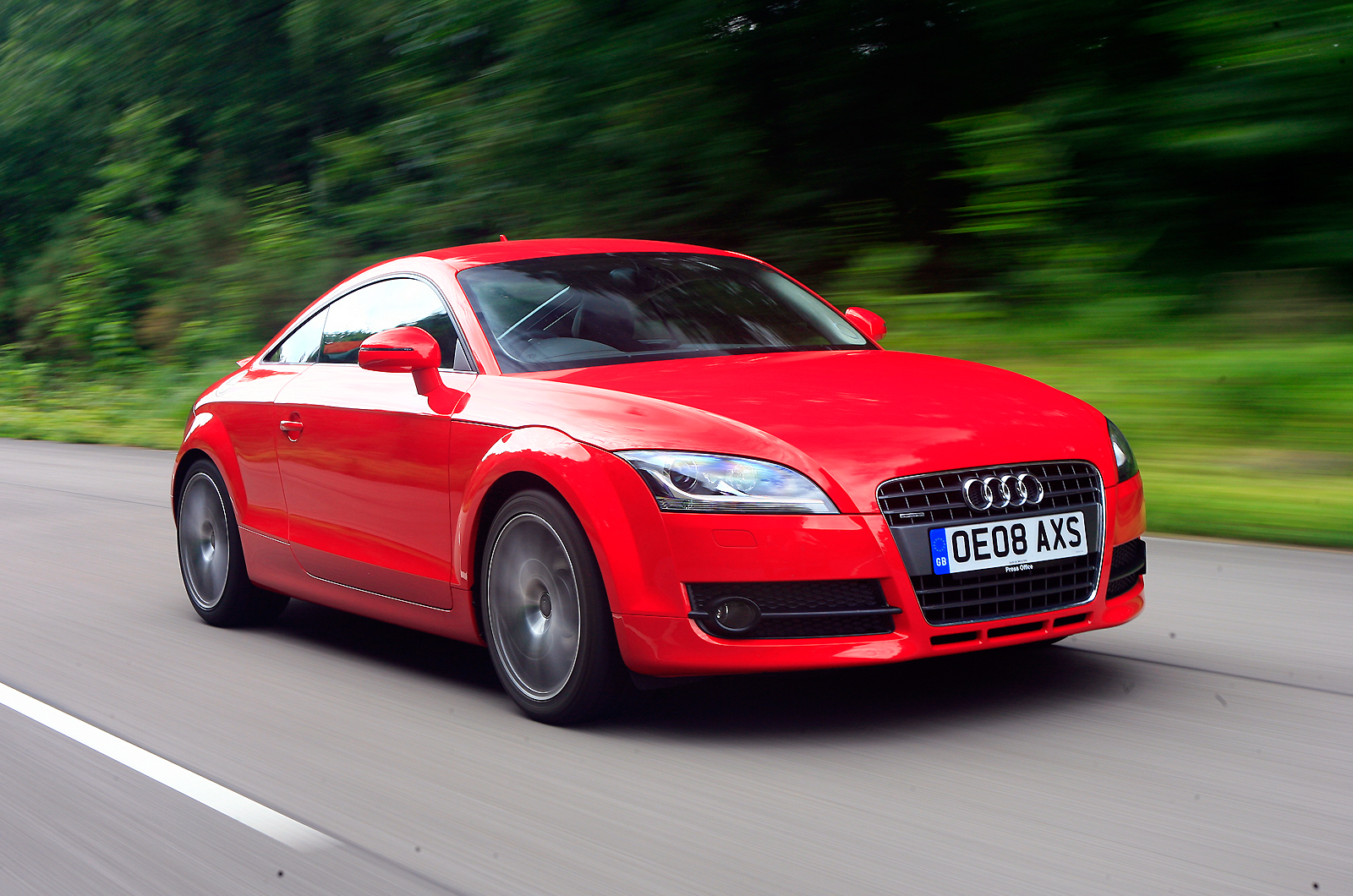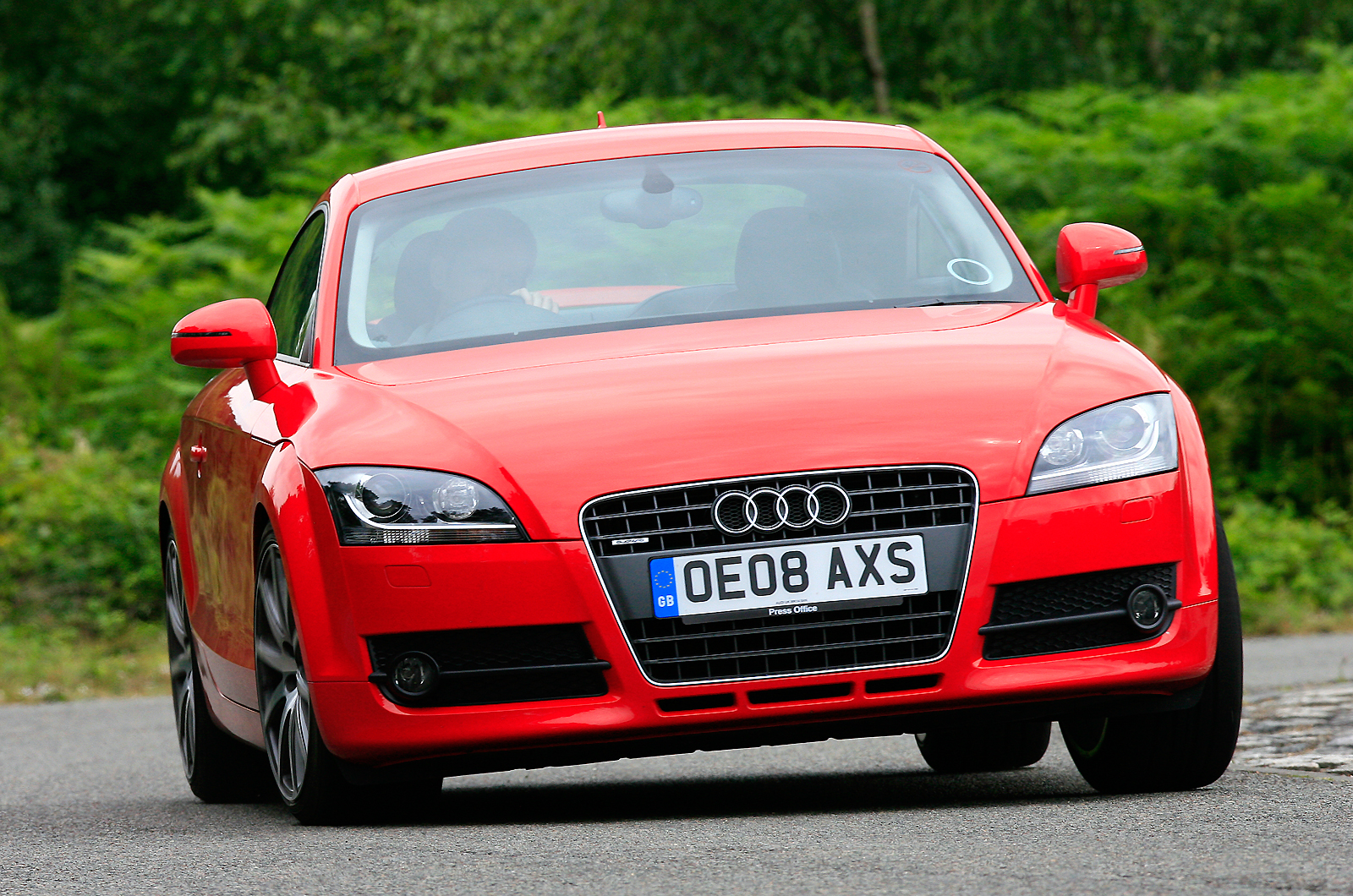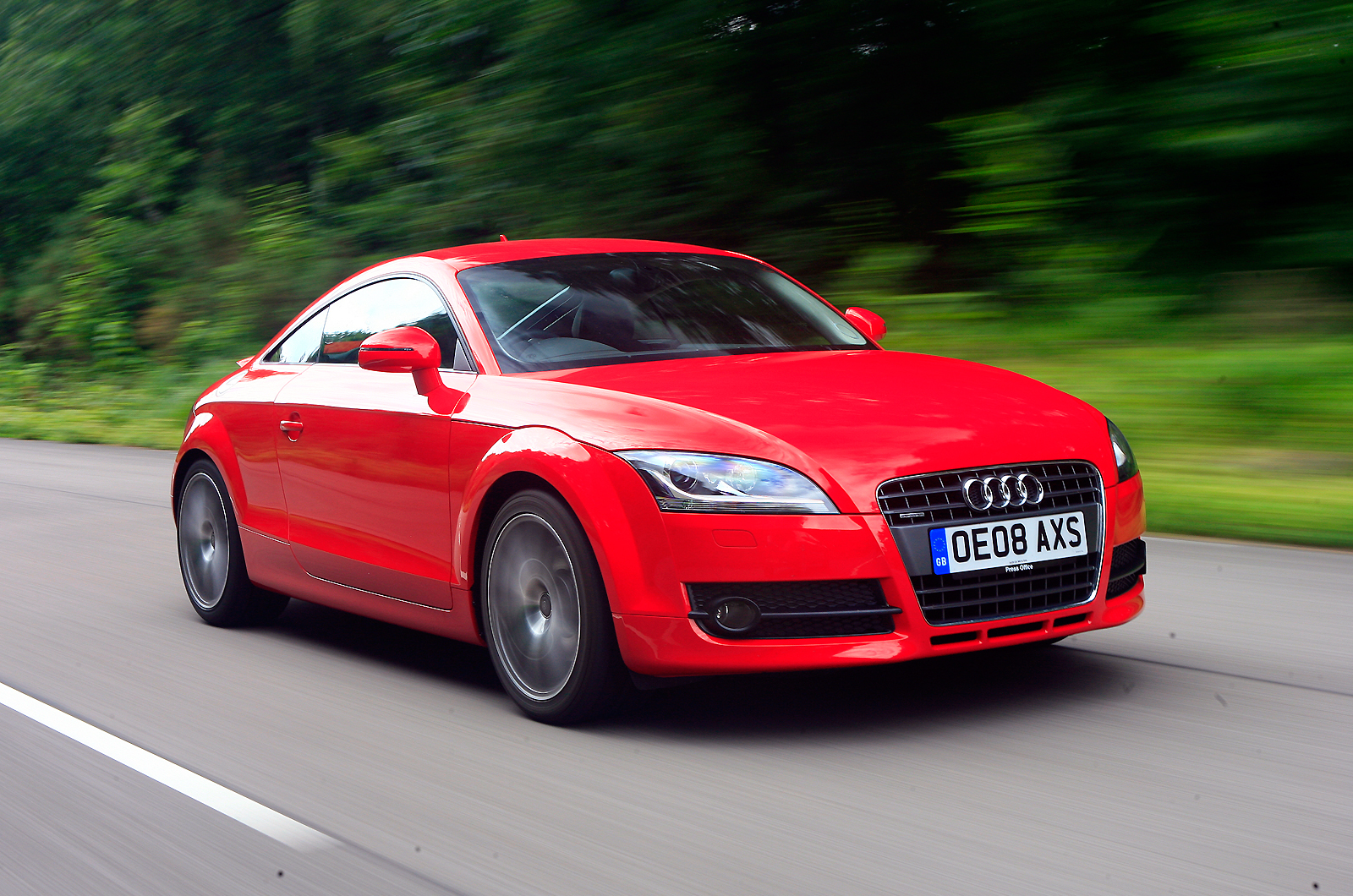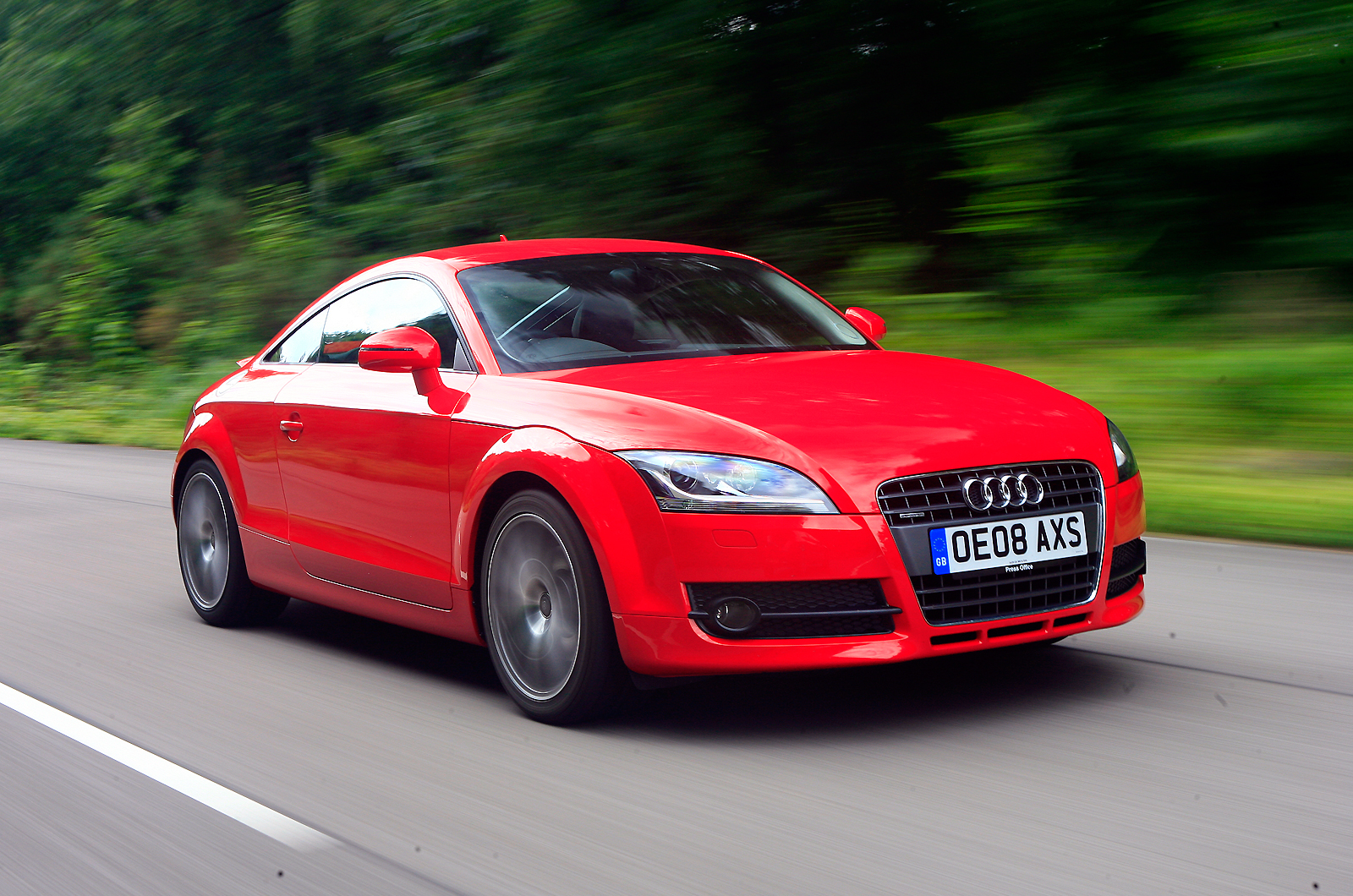The original Audi TT was immediately recognised as a triumph of design, but not dynamics when it was launched back in 1998. So it was that the latest generation Audi coupe was launched amid much hullabaloo from Ingolstadt about greatly improved Nürburgring times, using out-and-out sports cars such as the Porsche Cayman as benchmarks.
Clearly, the challenge for Audi was to create a car that justifies the tag ‘sports car’ while satisfying its core Audi TT buyers, who have been attracted mainly by its unique design and its feel-good factor. That is a tough duality of character to achieve in any car, let alone a sportscar, and whether Audi has succeeded we'll explore further in this review.
Audi's mission to build a TT for every kind of buyer is boosted by a choice of engine variants that span everything from what's best described as sensible (the entry-level petrol offers relatively tame performance levels, with a power output of 158bhp, for instance) through to the eye-popping, in the shape of the fire-breathing 335bhp 2.5 Audi TT RS model that sits at the top of the range.
However, that also means the TT range covers a lot of ground both in terms of performance and price. As a result, some of the range is, in our opinion, more compelling than other parts.
While those looking for a more hardcore driving experience will naturally err towards the Audi TT coupe, those who prefer a more al fresco driving experience have the Audi TT roadster option, with an almost identical engine line-up, to consider.



